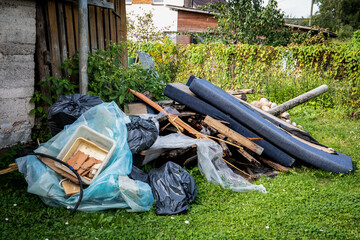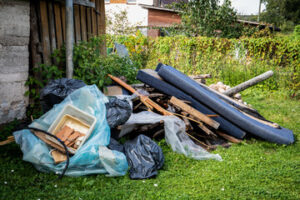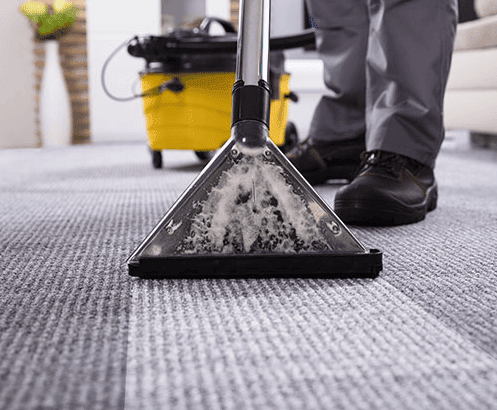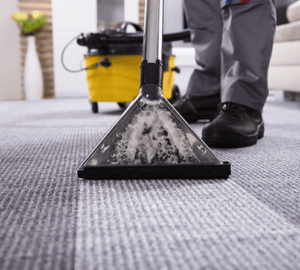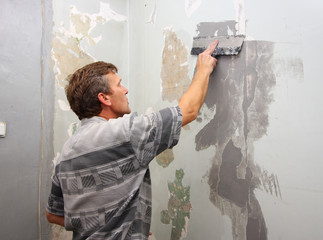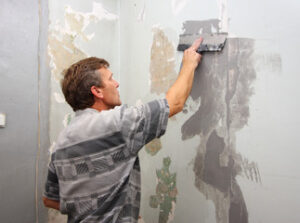A septic tank is a large concrete box that houses household waste. As wastewater leaves toilets, it flows into the septic tank. Bacteria in the tank break down the waste.
The force of gravity causes heavier masses to sink, creating a layer of sludge. Less dense masses, such as grease and oils, rise to the top and form a scum layer. Click the https://www.septictankarmadale.com.au/ to learn more.
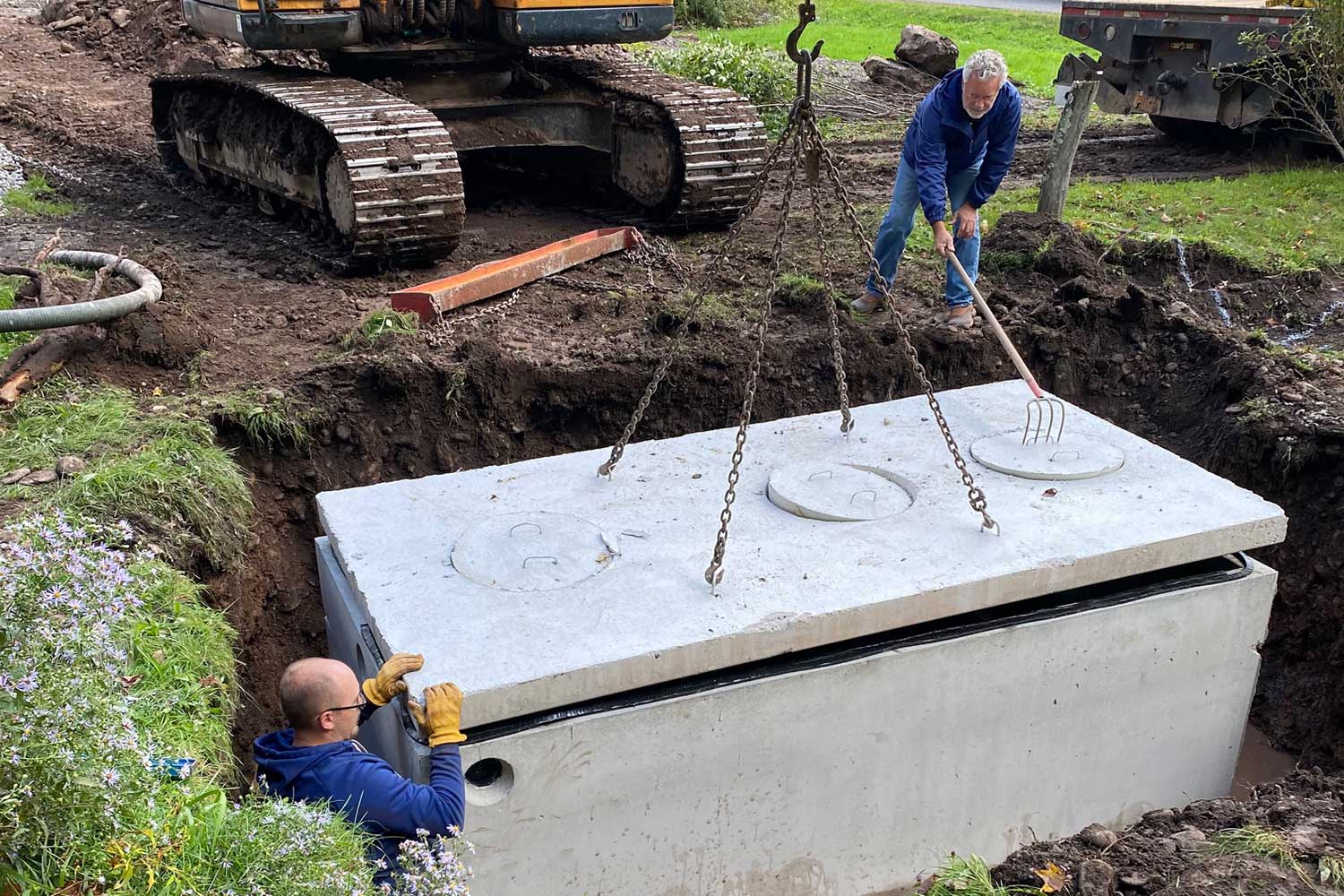
A septic tank is a watertight, underground container that houses your household waste. It’s designed to collect wastewater before it can enter your home plumbing, and to break down the waste so it can be safely absorbed into the soil. It consists of a large, concrete, or fiberglass tank, with an inlet and outlet tees at the bottom. The septic tank has walls that separate solids from liquids. Heavy materials such as toilet paper and feces sink to the bottom, while lighter materials like grease and oil float to the top. The septic tank also has a wall that keeps the liquid portion, or effluent, from flowing into the drain field and out through your toilets.
The septic system works by using a combination of the septic tank and a soil absorption field (drain field). The septic tank removes solids from the wastewater and stores them for later removal, while the drain field filters and treats the liquid effluent before it seeps into the groundwater supply. The septic system needs to be pumped and inspected on a regular basis to ensure it is working properly.
If you have a septic system, the most common sign that it is full is sewage backing up into your house. You may also notice a foul smell near or in your yard.
Keeping your septic system healthy includes being mindful about what you flush and not putting non-biodegradable items into it. For example, dumping cooking oils or pouring toxins into your septic system could kill the microbes that break down the waste and cause it to clog. You should also not plant trees or shrubs near your septic tank and drainage field as their roots can clog the system.
A regular inspection will tell you if your tank is getting close to full. You should have your septic tank pumped when it’s one-third full or more. The frequency of pumping depends on how much you use the septic system, how many people live in your home, and whether you have a garbage disposal. If you’re not sure how often to have your septic tank pumped, consult a professional.
Septic Tank Pumping
During septic tank pumping, a technician uses a vacuum truck to remove the sludge and liquid waste (effluent) from your home’s septic tank. This process helps prevent the tank from filling, which can lead to system failure, backups, and unpleasant odors. Ideally, homeowners should schedule septic tank pumping every three to four years, but this can vary based on septic tank size, home usage, and other factors. Signs of a full septic tank include slow drains, water pooling near the septic tank or drain field, and sewer odors in the house.
Your septic tank processes wastewater in two stages: solid waste sinks to the bottom of the tank, while lighter materials float to the top. The clear liquid between these layers is known as effluent and flows into your drain field for soil filtration. Unfortunately, even though wastewater is largely broken down by anaerobic bacteria, solid waste will accumulate in your septic tank over time. When this occurs, the sludge layer can reach critical levels and reduce the amount of space available for new wastewater.
As solids settle in your septic tank, they will also flow into the distribution box and into the absorption trenches. Over time, these solids can accumulate and block the absorption fields, causing them to fail or overflow. The best way to avoid these problems is to have your septic tank pumped periodically, as well as to limit the amount of non-biodegradable solids and slow-biodegradable organics added to the system.
When septic tank pumping day arrives, technicians locate and expose the access ports before connecting powerful vacuum equipment to the tanks. The tank-mounted system draws out the sludge and liquid waste, which is then transported to a nearby sewage treatment facility for processing and disposal. Some companies offer a detailed system check during the pumping process, in which they inspect tank baffles, walls, and distribution box for signs of problems. This hands-on inspection is an effective tool for catching problems before they become costly or dangerous.
To help the service provider work more quickly, homeowners can prepare by clearing the area around the septic tank and removing any vegetation that might be covering the tank or inspection ports. It is also a good idea to mark the location of the tank, ports, and the drain field for future reference.
Septic Tank Inspection
A septic tank inspection is one of the most important steps in determining a home’s plumbing system health. This process can help detect and diagnose septic tank issues, such as cracks and leaks, that might be causing effluent to contaminate the soil or water supply.
A basic septic system has two compartments that collect and ferment solid waste before dispersing into the drain field for absorption. A baffle wall, sanitary tees, and filter keep the solid waste from clogging the drain field (older tanks did not have this). The inspector will visually inspect the septic tank for signs of a leak or crack as well as check the D-box to make sure that wastewater is flowing correctly. The inspector will also look for puddles in the yard, which indicate improper wastewater drainage.
The inspector will test the septic system by flushing toilets and running faucets to see how much water the tank can handle in 24 hours. This will help to determine if the tank is full or if it is leaking and the system needs to be pumped. The inspector will also use a dye to determine if the leach field is working correctly. The dye shows up in the soil to tell if the septic system is absorbing the effluent.
During a septic tank inspection, the inspector will probe for and uncover any buried septic tanks and pump chamber covers. This is typically done with a metal rod that can be inserted into the ground. It is best to do this gently, since the tank components are fragile and can be easily crushed. If the inspector can locate the tank cover or pump chamber without digging, this will reduce the inspection time and cost.
Some inspectors will also use a camera to get a closer view of the interior of the septic tank. This is usually a more costly add-on, but can be worthwhile if there are signs of trouble such as odors or standing water in the yard.
A septic tank inspection should be performed by a qualified septic system technician and should be scheduled to coincide with the general property inspection. The septic tank and system should be inspected before any offers are made on the property, as it is important to have this information for potential buyers. If the system is found to be in poor condition, it can lead to a delay in the closing of the real estate transaction and may even cause the buyer to walk away from the deal.
Septic Tank Repair
The septic tank plays a vital role in the overall home plumbing system, capturing solid waste and directing liquid wastewater to a drain field for safe absorption or evaporation. If the septic tank becomes clogged, or the drainage field fails to function properly, sewage may back up into the house, contaminating the plumbing fixtures and posing serious health risks to family members and guests.
When you need septic tank repair, the first step is to have your septic system professionally inspected. Then, the professionals can diagnose and recommend the best course of action. A qualified septic tank professional can also help you determine whether or not your tank needs to be replaced.
The size of your septic tank and the material it’s made from can have an impact on repair and replacement costs. For example, a plastic septic tank is typically less expensive to repair than a concrete one. But, it can be more susceptible to damage and cracking based on the soil conditions surrounding the tank.
Other factors that influence septic tank repair cost include the age of your tank and how extensively it’s damaged. Minor damage like cracks or leaking can be repaired, but if your tank has suffered significant structural damage, it might be better to replace it instead.
If you’ve been away from your home for a long time, the bacteria that break down the waste in your septic tank may die off. This can lead to a buildup of sludge and scum, so it’s important to pump your tank regularly.
Another common septic tank repair is replacing the septic tank lid. If the lid is damaged, it allows sludge and scum to reach the drainfield, which can clog and overflow. This exposes the ground to disease-causing bacteria and can be dangerous for humans and pets.
Other common septic tank repair services include replacing the septic tank baffle, cleaning or repairing the drainfield, and fixing any damage to the distribution box. A distribution box that’s compromised by a broken baffle or cracked lid can lead to clogs, overflows and system failure. Replacing this component is crucial for efficient septic tank operation.
